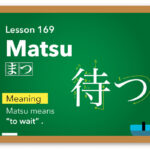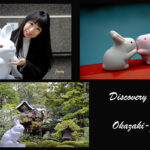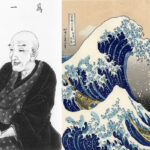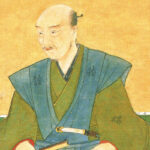.
The Japan Foundation Los Angeles’ (JFLA) traveling exhibition “NINGYO: Art and Beauty of Japanese Dolls” is taking place at the George J. Doizaki Gallery located in the Japanese American Cultural and Community Center (JACCC) from Feb. 3 to March 13.
In total, there are 67 hand-selected dolls. The title of the exhibit, “NINGYO”, derives itself from the Japanese word “ningyo” that translates to “human shape” in English.
“NINGYO” guests can take a look at Japan’s rich past through four organized sections in the exhibit: “Ningyo to pray for children’s growth,” “Ningyo as fine art,” “Ningyo as folk art,” and “Spread of Ningyo culture.”
.

.
In most cultures, dolls are seen as purely decorative or play objects for children. For the Japanese, however, dolls represent long-standing traditions tracing back as early as the seventh century.
In the first section “Ningyo to pray for children’s growth,” guests learn how doll culture first originated to protect children from evils and promote healthy growth for them. “Amagatsu” and “Hoko” dolls were made with this intent.
.
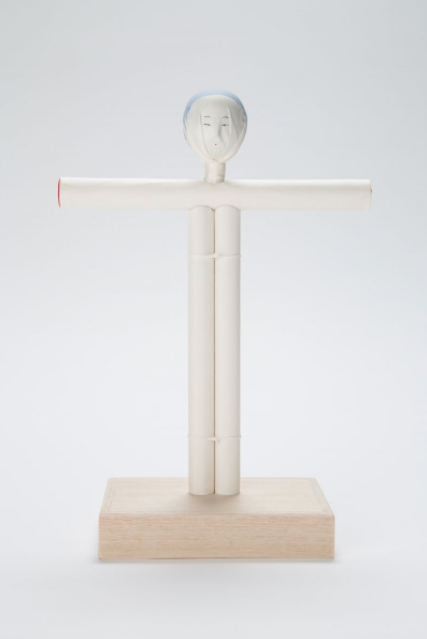
.
Formed by white silk and sticks, the “Amagatsu’s” T-shape was meant to act as a hanger and ward off evil from newborn baby’s clothes.
An informational leaflet for the exhibition describes how these dolls “have been used by the Japanese imperial court for 1,000 years, and still used today.”
Departing from these simple designs, the second and third sections of the exhibition examine the increasing craftsmanship of ningyo. They show how doll culture proliferated across all social classes as well.
In “Ningyo as fine art,” one of the dolls loved by the Japanese imperial court during the Edo period was the “Gosho” doll. Its plump body and face are reminiscent of healthy babies.
.
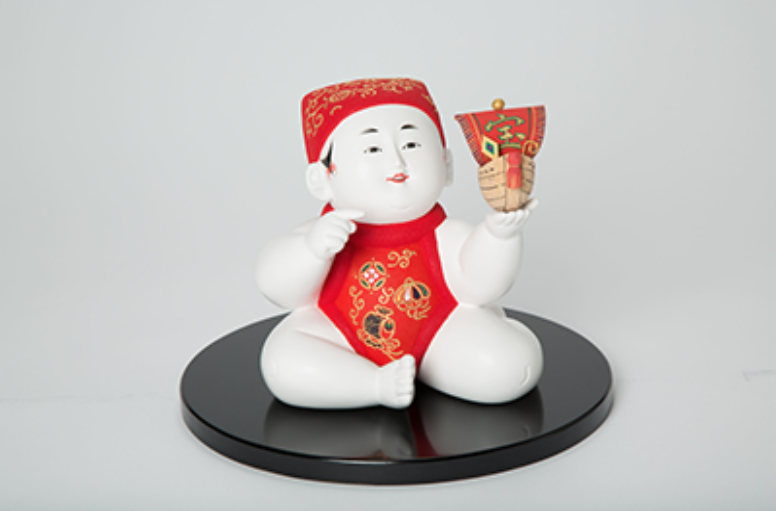
.
“They are often depicted holding treasure ships that bring good fortune, or cranes that signify long life, in their hands, with images of treasures on their waistcoats. These motifs give them an auspicious [effect], which is appropriate for celebratory gift-giving,” the exhibition leaflet reads.
Doll culture additionally provided the working class a break from labor. Folk dolls were made from “inexpensive materials such as clay, paper, and wood.” Among the different styles of folk dolls, wooden “Kokeshi” dolls were popular in the 19th century. They are known for their unique shape lacking any arms or legs.
.
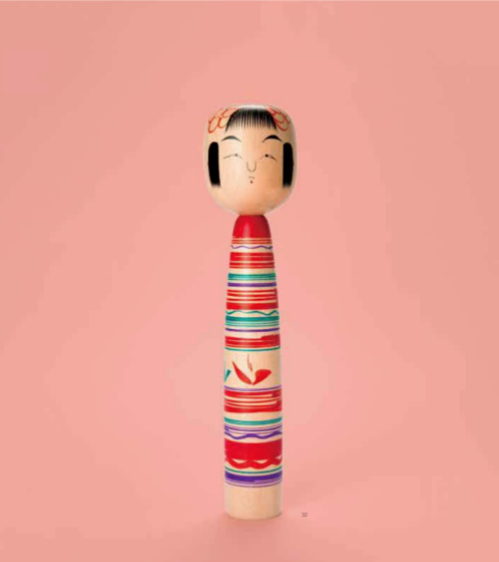
.
Closing out the exhibit, “Spread of Ningyo culture” follows the evolution of dolls to the present. With modernization came the three-dimensional figurines of manga and anime characters that Japan is so famous for.
.

.
The exhibit is well-timed with Hinamatsuri, also known as Doll’s Festival in Japan, having been on March 3. Typically, an ornate altar of dolls dressed in imperial court clothing is put on display in family homes during Hinamatsuri.
Currently, “NINGYO” is also being held at the Japan Information and Cultural Center (JICC) in Karachi, Pakistan. A diverse set of countries have hosted “NINGYO” in the past, including Canada and Korea. The leaflet explains that these traveling exhibitions “are held every year at approximately 80 museums and exhibition facilities around the world.”
“It is our hope that these exhibitions, which connect Japan and other countries, will bring people together and generate a dialogue around creativity through the sharing of rich artistic experiences,” the exhibition leaflet reads.
According to the JFLA’s website, the exhibition is open Tuesday through Sunday from 12-4 p.m., with the exception of being closed on Mondays. Admission is also free.
For a more in-depth look into the history behind ningyo, readers may watch a video lecture done by Master Artist in Residence at JACCC Hirokazu Kosaka.
.
.
Writer: Yuika Yoshida
(3/4/2022)
.
.

